Communicating climate change via a melting ice bear
Bill Dennison ·During a visit to Sydney, I stumbled upon an interesting climate exhibit in front of Customs House in Circular Quay. A British sculptor, Mark Coreth, created an ice sculpture in the form of a life size polar bear. Inside the bear was a skeleton model created from metal. The sculpture was placed outside, and although it was a rather chilly winter weekend, the ice slowly melted, revealing the skeleton underneath over several days.
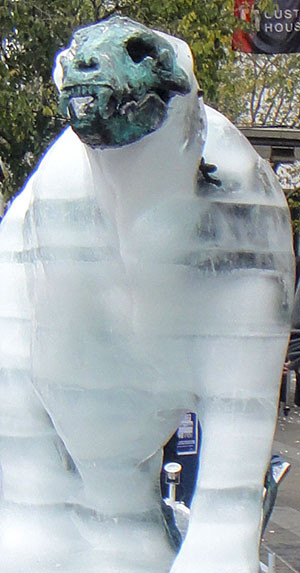
Prior to Sydney, the ice bear exhibit has been shown in Copenhagen, London, Toronto, Montreal and Manchester. Sydney is the most tropical location to date for the ice bear exhibit. The puddles of water that stream away from the melting sculpture provide a very visual link to the melting ice caps.
Mark Coreth gave a speech about the Ice Bear Project and encouraged people to touch the bear and feel the ice melt from the warmth of their hands. He spoke about the need to raise awareness about climate change and that the bear was his way of communicating the urgency of responding to climate change.
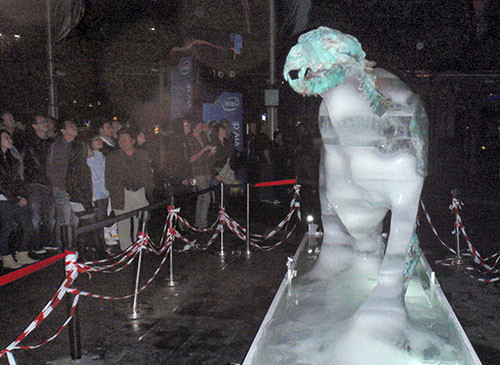
The timing of the exhibit was coincident with World Environment Day (5 June) and the Vivid Sydney light show, and the backdrop to the ice bear was a moving light show that played out on the front of Customs House every night.
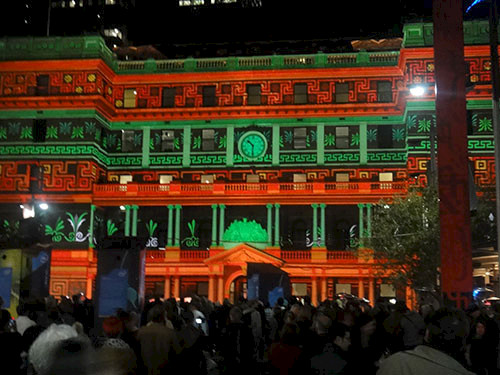
The sponsors of the ice bear exhibit were present and a person in a giant panda costume, the mascot of WWF, posed for photographs with people. The 1 Million Women group was providing temporary tattoos for women and the Australian Youth Climate Coalition had a table/booth set up.
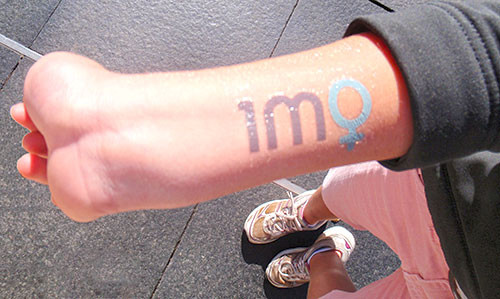
The ice bear was quite attractive and the exhibit was a creative way to create awareness of climate change. Since only a few people will actually travel to the poles to where climate change is particularly acute, bringing the ice sculpture to where people live makes sense.
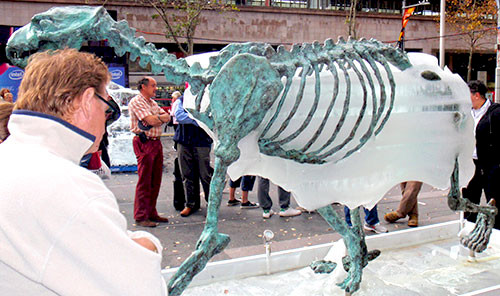
About the author
Bill Dennison

Dr. Bill Dennison is a Professor of Marine Science and Interim President at the University of Maryland Center for Environmental Science (UMCES).
Next Post > Seven attributes of a vibrant science group
Comments
-
Atika 8 months ago
Overall, the ice bear exhibit appears to have been a successful and impactful initiative in bringing the realities of climate change closer to people's lives and inspiring action to mitigate its effects. It's an excellent example of how art and public engagement can play a role in addressing pressing global challenges. Thanks for sharing!